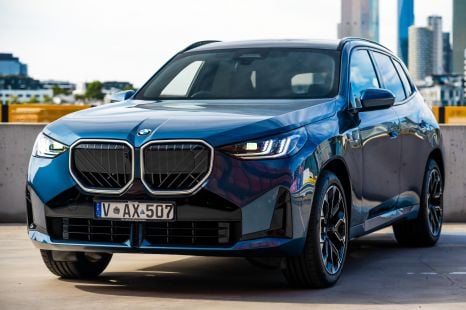

Jack Quick
8.4
6 Days Ago
Phone detection cameras are designed to catch drivers but are also seen as prolific revenue-raisers, as significant fines and demerit points.

Senior Contributor
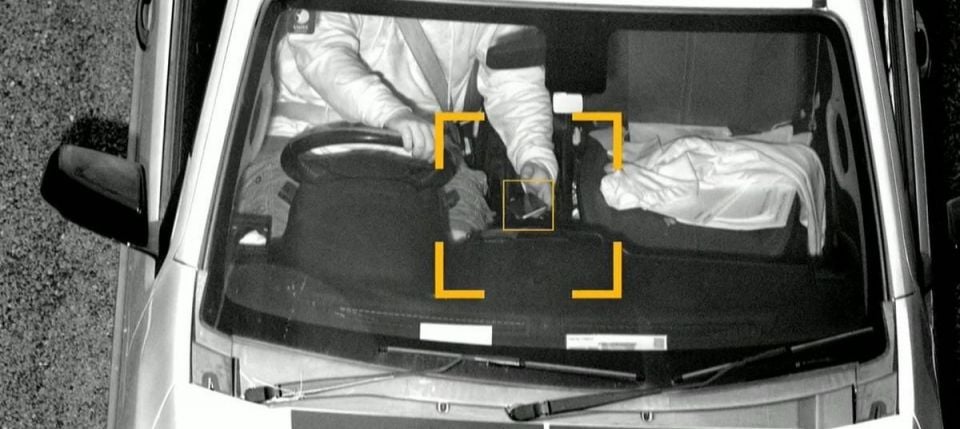

Senior Contributor
Mobile phone detection cameras are designed to catch drivers using their phones illegally while driving. They are also seen as prolific revenue-raisers, as significant fines and demerit points apply if you’re caught using a phone while driving.
With the advancement of modern vehicles capable of limited autonomous driving that – at the very least – can keep a safe distance from the car in front, some European countries have started to discuss legalising the use of mobile phones on highways; alas, we are in Australia.
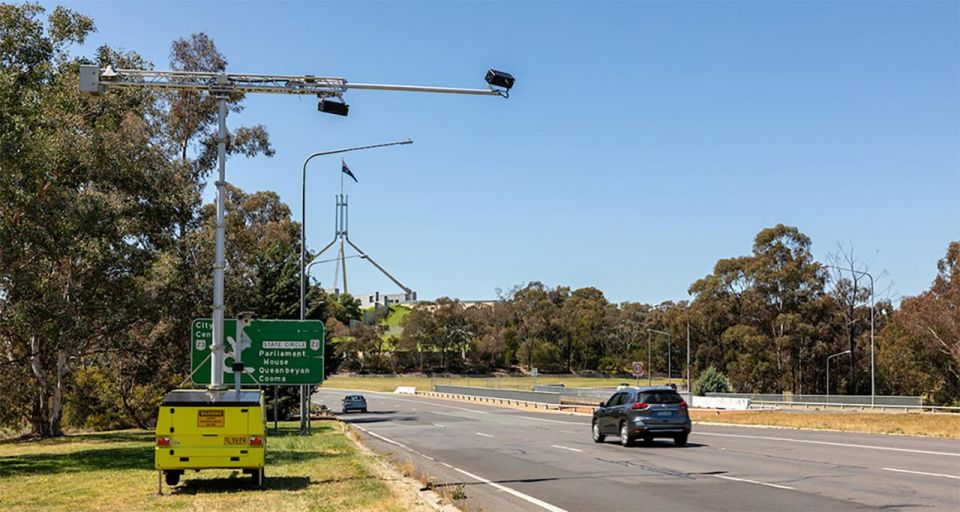
In fact, Australia is a pioneer in the revenue-raising technology, with the system having first launched in New South Wales in what the state government declared a ‘world-first’ with camera systems employed from December 2019 to try and limit the number of accidents caused by driver distraction on the state’s roads.
These cameras are high-tech bits of gear that are designed only to see if you’re holding a phone in your hand, but they can also see if you’re holding a device at your ear or above your shoulder (including resting between ear and shoulder), and even if you have a phone in the car that’s not properly mounted, or a phone resting on any part of your body (on your knee or under your leg, for example).
The rollout of this tech hasn’t been without controversy, with allegations of ‘upskirting’ by these high-tech camera systems that are inherently aimed at the body from the shoulders to the knees. Some states have had legal challenges presented as a result of these claims.
NSW Transport states the following: “The mobile phone detection camera system has a number of cameras and an infra-red flash to capture clear images of passing vehicles in all traffic and weather conditions. Artificial intelligence software automatically reviews images and detects potential offending drivers. It excludes images of non-offending drivers from further action. Images that are likely to contain a mobile phone offence are then verified by trained personnel. Images rejected by the artificial intelligence are permanently and irretrievably deleted, typically within an hour of detection. Both fixed and transportable versions of the cameras use the same camera technology.”
So, if you see a box trailer parked on the roadside with large poles and black rectangles attached, that’s a, er, mobile mobile detection camera. A quick Google can find fixed camera locations.
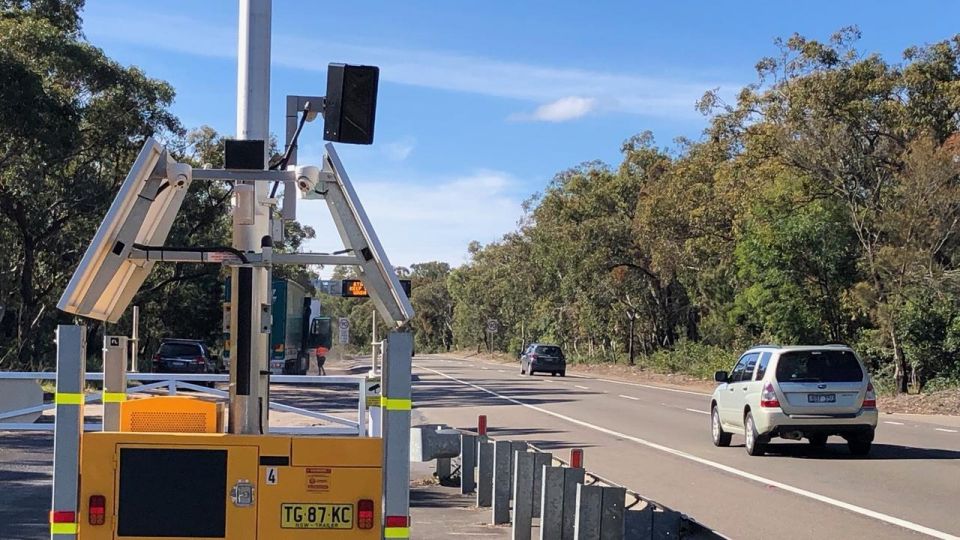
Here’s a rundown of which states have mobile phone detection cameras in play and the localities that don’t… yet!
New South Wales
Since December 2019, New South Wales has operated transportable and fixed mobile phone detection camera systems across the state.
There was an initial trial period before fines and demerits were imposed from March 2020. In that first year (or 9 months of that calendar year), the NSW government raked in almost $61 million in revenue just from phone fines, with $56.4 million from cameras and the remainder from police.
Sydney is the most prevalent location for these cameras, primarily because the capital city has the largest number of vehicles on the road, and therefore the greatest number of potential offenders – and the highest potential for revenue.
The state implies that using a phone means you’re driving distracted, increasing your crash risk. “At 60 km/h if you are distracted for just two seconds, you travel 33 metres blind.”
Transport NSW is also looking to expand the parameters of these cameras to detect seatbelt offences, with a planned roll-out in mid-2024.
Queensland
The Sunshine State has enormous penalties for drivers caught doing the wrong thing on camera.
As of July 1, 2023, you could be fined $1161 and hit with four demerits if you were caught on camera either using a phone illegally while driving or not wearing a seatbelt in the car. Drivers could also be hit with the same penalty again for any passenger not “properly restrained”.
The state has rolled out fixed and portable cameras after a trial period caught thousands of road users doing the wrong thing, and in the first year of full-scale operation until December 2022, QLD government reported more than 170,000 road users were found to be in the wrong – of those, almost 120,000 were using a phone illegally while driving.
The state claims that driver distraction “is a major cause of road crashes and contributes to almost 20% of serious injuries on Queensland roads”.
Victoria
Victoria uses camera detection for mobile phone use and already has seatbelt detection operating, with fines and demerits in place for offenders.
The full-scale rollout in Victoria started in July 2023 after a three-month trial that saw warnings issued to offenders. In the first month of operation across 200 sites, there were more than 6000 offences logged, with approximately 55 per cent of those using a handheld device while driving and, alarmingly, 45 per cent not wearing a seatbelt!
The government states “these cameras detect and take photos of drivers who use portable devices, like mobile phones,” and “can also pick up people in the front seats not wearing their seatbelts”.
South Australia
South Australia added mobile phone detection cameras at the end of 2023, with a three-month grace period employed by the government to warn drivers in hope they will change their ways, or be fined and hit with demerit points once the initial three-month warning time ends.
The state claims that data shows approximately 2.5 per cent of drivers use a phone illegally, and that the rollout of camera detection systems in metropolitan areas will deter drivers from using a phone, which in turn could limit the number of accidents resulting in injuries or deaths of road users.
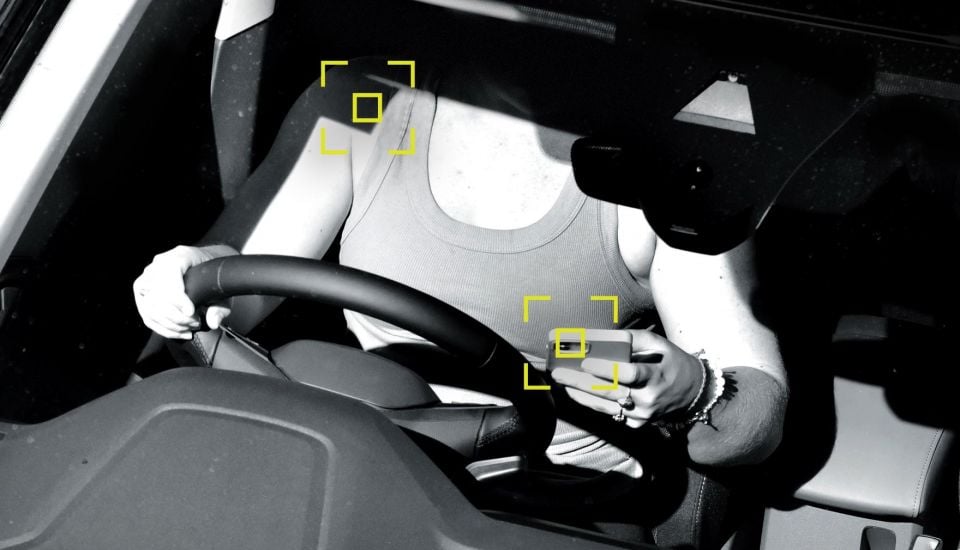
Fines of more than $565 apply, with three demerits, too.
ACT
In the nation’s capital, the government has rolled out portable and fixed mobile phone detection camera systems. The ACT has used these cameras to gauge the use of mobile phones by drivers, with 39,000 instances of the illegal act caught between the initial roll-out in February 2023 until November 2023.
From November 2023 until February 2024, anyone caught doing so was to receive a written warning for illegal use of a phone.
After that period, the ACT will impose fines and demerits for detected cell phone use while driving.
Tasmania
Tassie might be a driver’s paradise, but if you’re driving while using a handheld device you could be caught and fined for it.
Tasmania Police stated that during the initial trial period on the Apple Isle, a driver was caught using their phone every 7.6 minutes on average – over 43 hours of operation, the cameras caught 339 offenders.
As a result, there are now a number of portable detection trailers operating across the state with both mobile phone and seatbelt offence detection enforced. Fines and demerits apply.
Western Australia
In November 2023 the WA government announced its plans to procure six portable mobile phone detection systems, with a view to roll-out the camera systems after a six-month trial period in July 2022.
These high-tech implements are also capable of detecting seatbelt use and speeding, too, not to mention heavy vehicle speeding, and detecting unregistered vehicles.
The Australian-first implementation of mobile camera systems in WA can also measure average speeds between two points.
Northern Territory
There are no mobile phone detection systems in use in the NT, however the territory does have rules around using and holding devices while driving.
We spoke with the NT department of infrastructure, planning and logistics, and they advised there have been discussions about the rollout but to date there is no current timeline for a rollout of the technology.
The government of the Territory is on board with similar messaging around mobile phone/device usage by drivers: “A split second is all it takes to lose control. Using a mobile phone, changing the music or talking to passengers when driving could all cause the driver to look away from the road and reduce your awareness of what is happening around you.”
Not intended as legal advice. Check with the relevant roads authority in your state or
Territory.
Matt has more than a decade of experience in automotive journalism, and loves exploring the pros and cons of new cars, delving into deep-dive industry stories, and going for a drive just for the fun of it.


Jack Quick
8.4
6 Days Ago
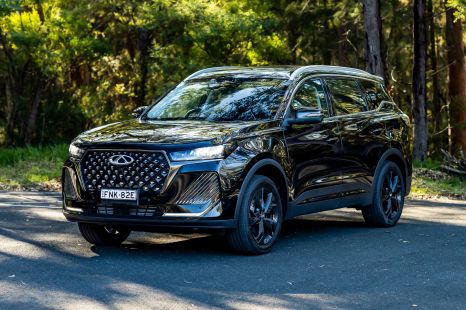

Matt Campbell
8.1
5 Days Ago


Max Davies
8
3 Days Ago


James Wong
8.1
2 Days Ago


James Fossdyke
2 Days Ago
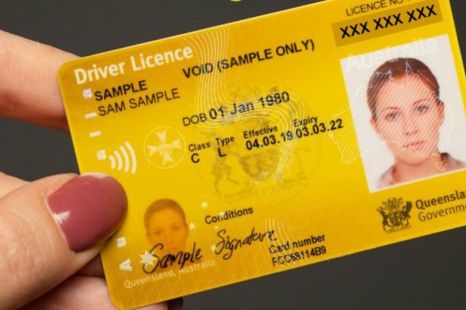

CarExpert.com.au
1 Day Ago